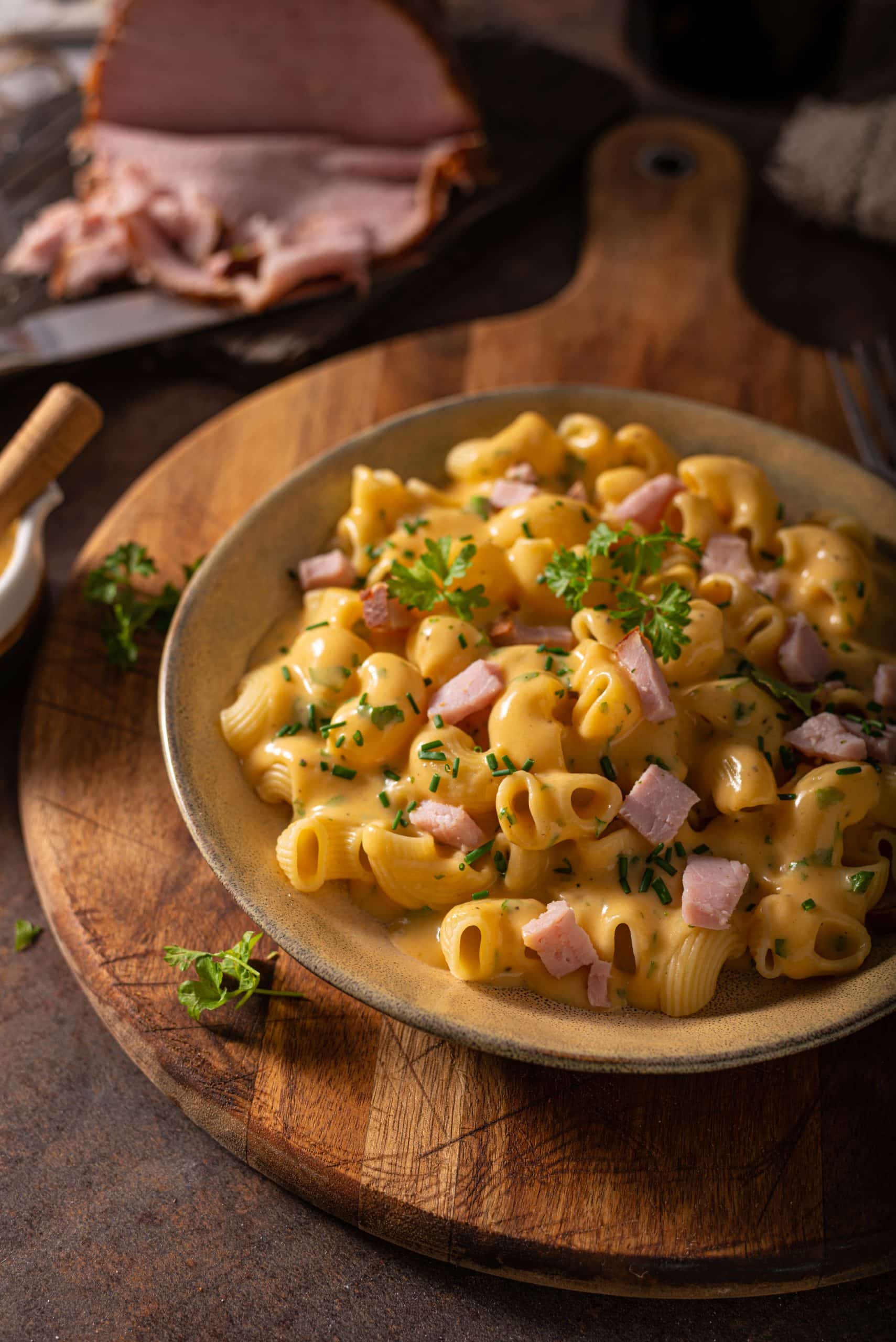Can You Create a Gourmet Mango and Sticky Rice Dessert with Coconut Cream?

When the essence of tropical islands merges with Thai tradition, a flawless dessert is born. This charismatic blend is precisely what mango sticky rice with coconut cream represents. An exotic, subtly sweet dessert that has been cherished in Thai cuisine for centuries. The wondrous amalgamation of creamy, sweet-savory sticky rice, blanketed with fragrant coconut cream, and crowned with ripe mangoes is no less than a culinary piece of art.
Now, you might be wondering, "Can we recreate this gourmet masterpiece at home?" The answer is, unequivocally, yes! Below is a comprehensive guide that will walk you through each step of preparing this Thai delicacy.
A découvrir également : What’s the Key to the Perfect Ratios in a Classic Margarita Cocktail?
Decoding the Key Ingredients
Before we dive into the actual cooking process, it’s essential to understand the key ingredients required for this recipe.
The primary ingredient is Thai sticky rice, also known as glutinous rice. It may seem ordinary, but this rice with its unique, sticky texture serves as the backbone of this dish.
A lire également : How to Create a Luxurious Chocolate Mousse with Espresso and Rum?
Next up is coconut milk, a crucial element that will add rich, creamy notes to your dessert. It’s also the key to balancing the sweetness of the sugar and the tanginess of the mango.
The ripe, juicy mango brings a tropical flair to the table. The natural sweetness and vibrant color of the mango enhances the overall appeal of the dessert.
Lastly, the addition of sugar and a hint of salt elevates the flavor profile, making the dessert a sweet-and-salty sensation that’s hard to resist.
Preparing the Rice: A Step-by-Step Guide
The procedure for making mango sticky rice with coconut cream begins with the preparation of the rice. Let’s break it down into easy steps.
Start by rinsing the sticky rice under cold water until the water runs clear. This process helps to remove excess starch that might otherwise make the rice overly sticky.
After rinsing, soak the rice in water for a minimum of 4 hours, or preferably overnight. This step softens the grains and ensures that they cook evenly.
Once the soaking time has passed, drain the rice and transfer it to a steamer. Here, you’ll steam the rice for about 20 minutes, or until it turns transparent and sticky.
Crafting the Coconut Sauce
While your rice is steaming, it’s the perfect time to prepare the coconut sauce.
In a saucepan, combine the coconut milk, sugar, and a pinch of salt. Slowly bring the mixture to a boil over medium heat. Stir frequently to ensure the sugar and salt dissolve completely and the sauce doesn’t scorch.
Once the mixture is boiling, reduce the heat to low and let it simmer for a few minutes until the sauce thickens slightly. Your coconut sauce is now ready to be drizzled over the cooked sticky rice.
Assembling the Dessert
Now that you’ve prepared both the rice and the coconut sauce, you’re ready for the final step – assembling the dessert.
Begin by transferring the steamed sticky rice to a bowl. While the rice is still hot, pour over about half of the coconut sauce you’ve prepared. Stir gently to ensure every grain of rice is coated with the creamy, sweet sauce. Allow the rice to sit for about 15 minutes to absorb all the flavors.
While the rice is soaking up the sauce, it’s time to prepare your mango. First, peel the mango and then slice it into thin strips.
To assemble the dessert, scoop some of the sticky rice onto a plate. Arrange the sliced mango on the side and then drizzle a generous amount of the remaining coconut sauce over the top. And there you have it – a gourmet mango and sticky rice dessert with coconut cream!
Adjustments and Variations
The beauty of this recipe is its versatility. You can easily adjust the sweetness according to your preference by adding more or less sugar. If you want a little contrast to the sweetness, sprinkle some toasted sesame seeds on top of the dessert.
For a completely different take on this dessert, consider substituting the mango with other tropical fruits like pineapple or kiwi.
Remember to always keep the essence of the original recipe intact while experimenting. Too many changes might rob it of its original charm.
Regardless of the variations, this dessert will continue to be a harmonious blend of textures and flavors, making it a dish that’s worth the time and effort.
Storage and Serving Suggestions
Knowing how to store your mango sticky rice dessert can help maintain its flavor and texture. First and foremost, remember to store the sticky rice and the coconut cream separately. This will prevent the rice from becoming too soggy. Use airtight containers and refrigerate them. The sticky rice should be consumed within a couple of days, while the coconut cream can last up to a week.
To serve left-over sticky rice, just warm it slightly in a microwave or on a stove-top steamer. You might need to add a little water to prevent the rice from drying out. The coconut cream can be served cold or warmed, depending on your preference.
This dish is best served immediately after it’s prepared, while the rice is still warm and the mango is fresh. However, if you are planning to serve this at a later time, keep the components separate until you are ready to assemble and serve. This will ensure that each ingredient retains its optimal flavor and texture.
Another great serving idea is to present the mango sticky rice dessert in individual servings. For example, you could use small bowls or wine glasses. This makes the dessert easier to serve and also adds an elegant touch that is perfect for dinner parties or special occasions.
Conclusion
Creating a gourmet mango and sticky rice dessert with coconut cream is certainly possible in your own kitchen, with the right ingredients and a bit of patience. This Thai classic, with its exquisite blend of sweet and savory flavors, is sure to impress your guests and satisfy your sweet tooth.
Remember, the quality of your ingredients plays a crucial role in the outcome of the dish. Use Thai sticky rice or glutinous rice instead of regular rice, and opt for fresh, ripe mangoes to get the best result.
Experiment with the recipe, play with the amount of sugar, or even try substituting the mango with other tropical fruits. Add a sprinkle of toasted sesame seeds or even some crispy fried mung beans for an additional layer of flavor and texture. But most importantly, enjoy the process and indulge in the rich, creamy goodness of this delightful dessert.
Give this recipe a try, and you’ll realize that making mango sticky rice with coconut cream is not as daunting as it might seem. It’s a simple yet rewarding dessert that’s bound to become a favorite. So, why wait? Unleash your inner gourmet chef and let the Thai magic unfold in your kitchen!
